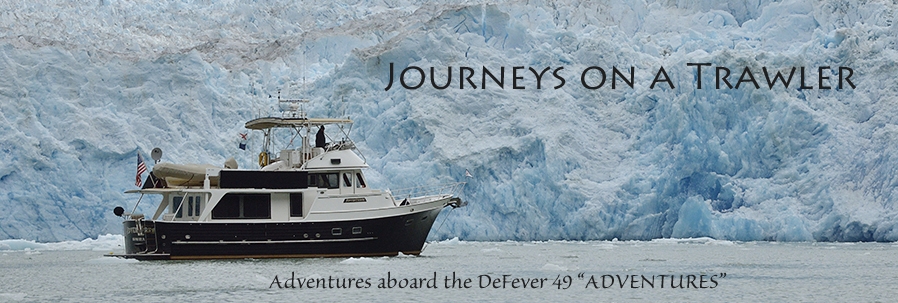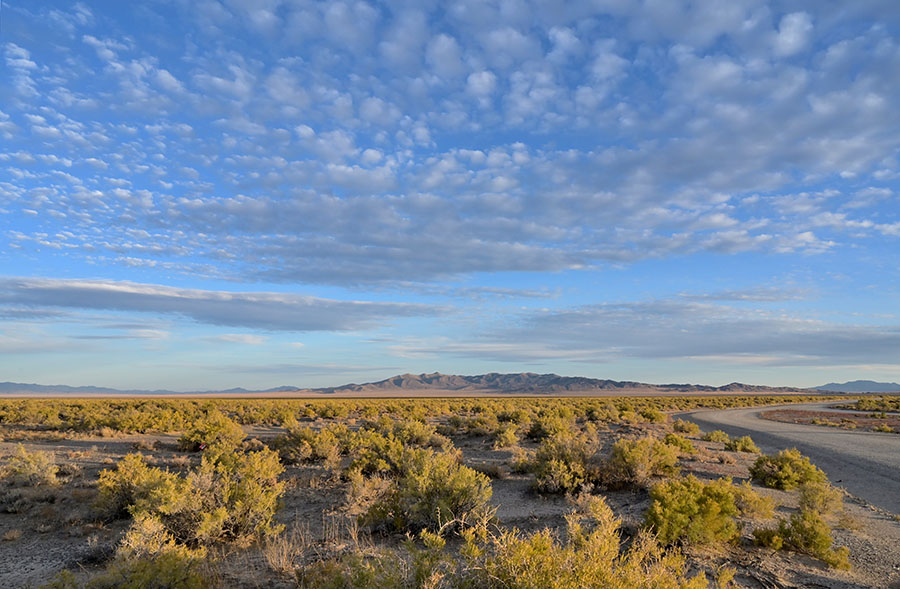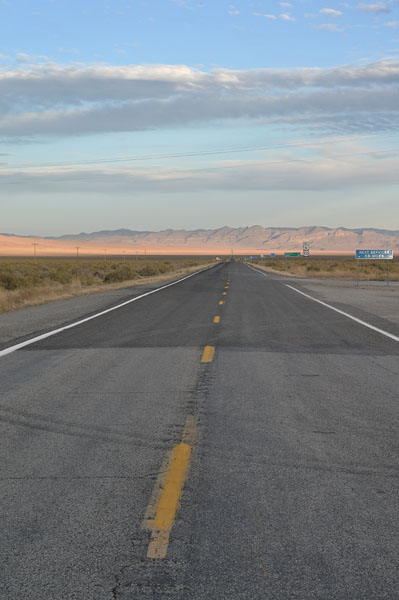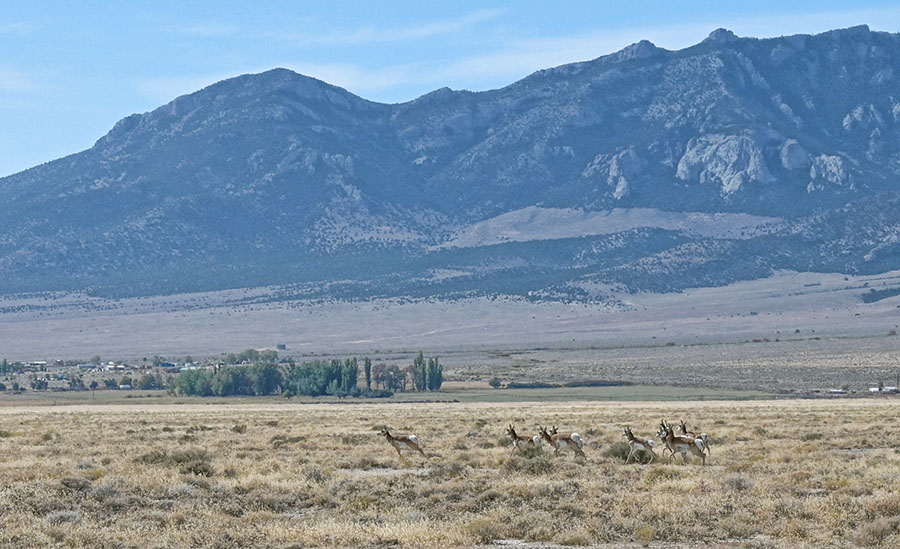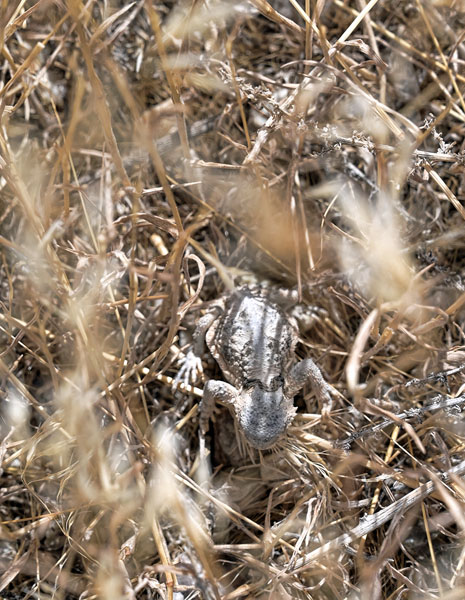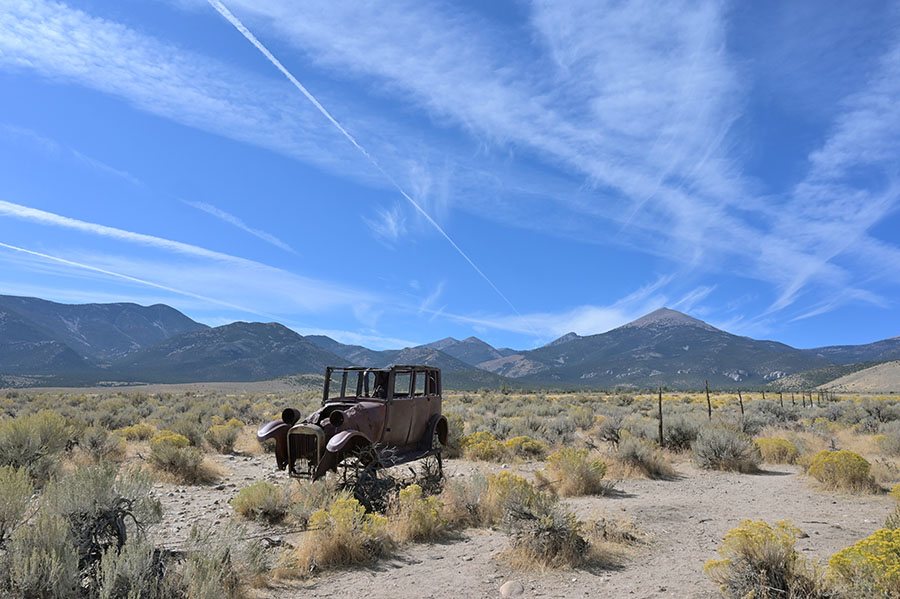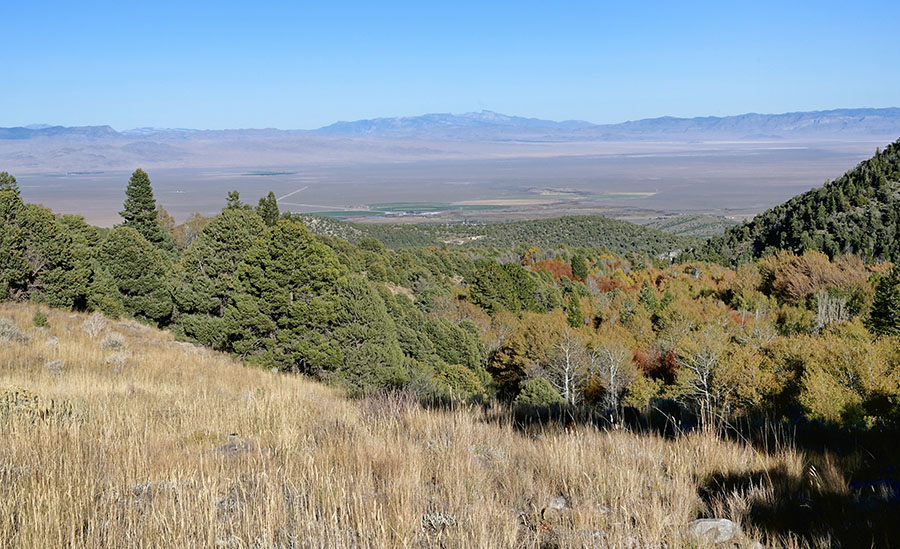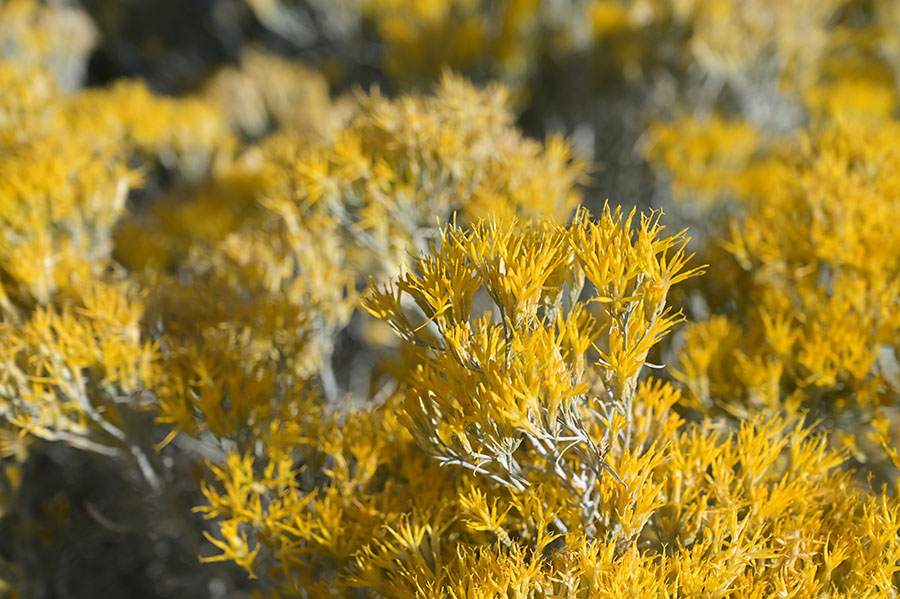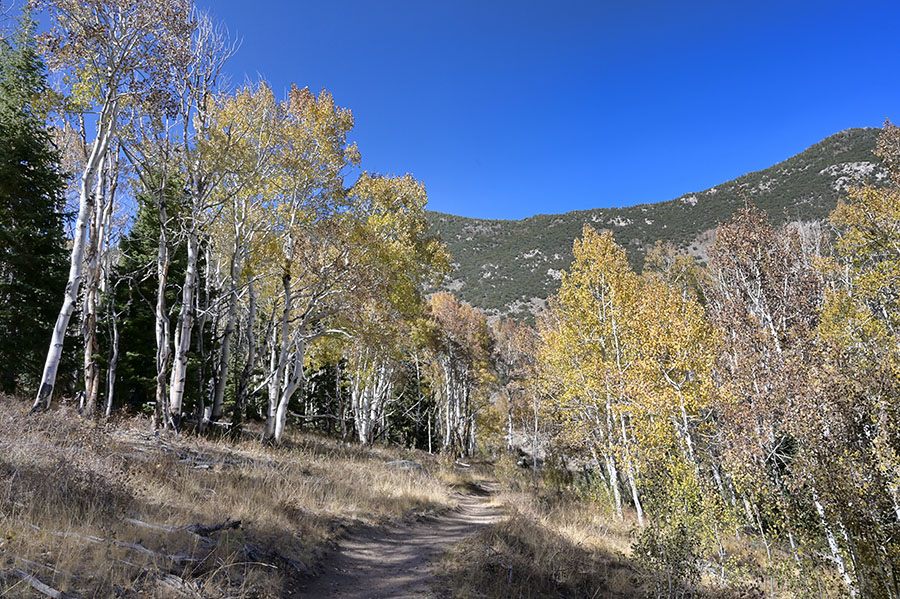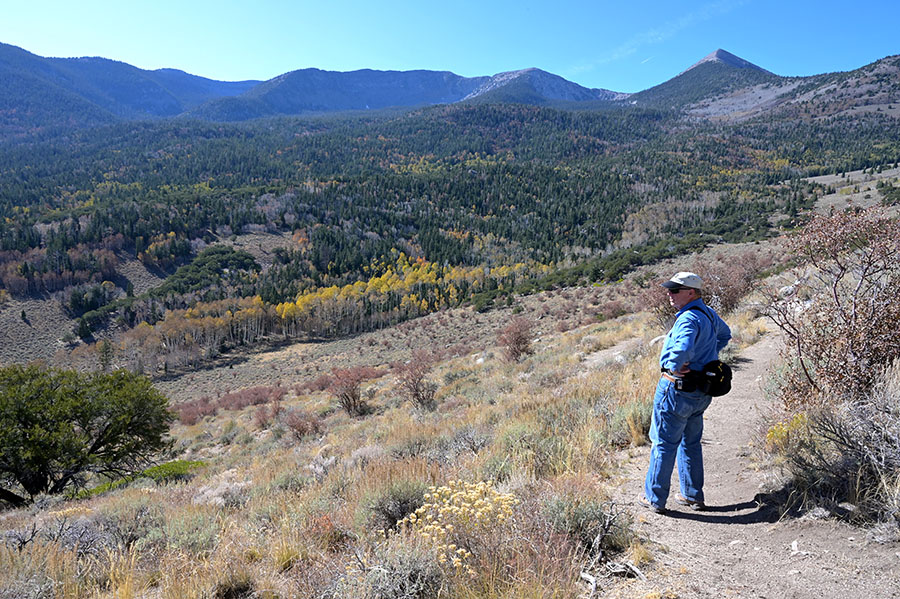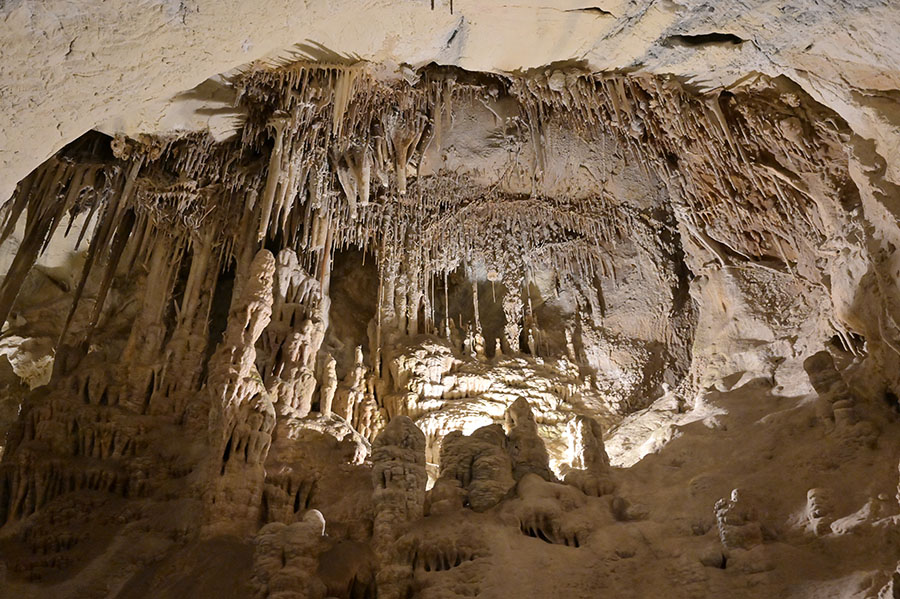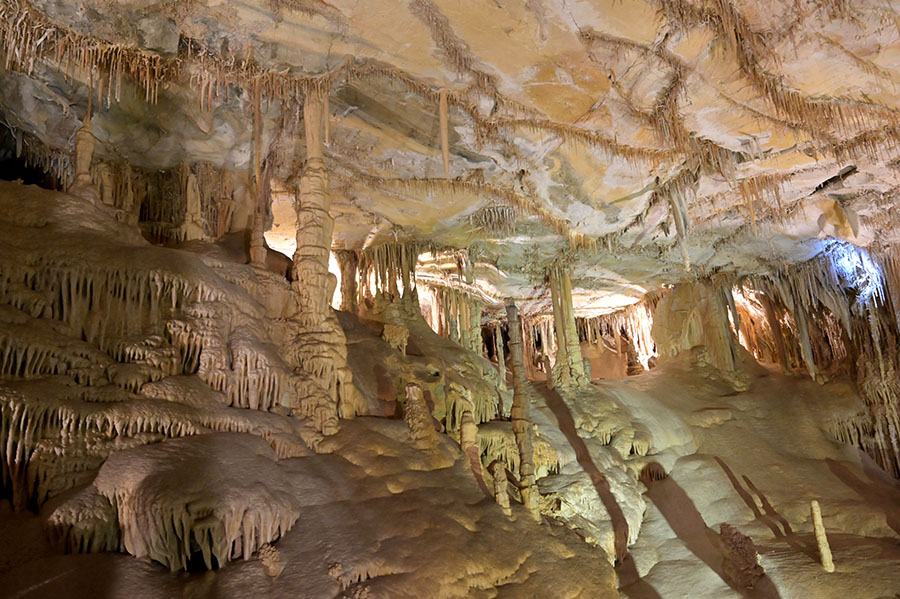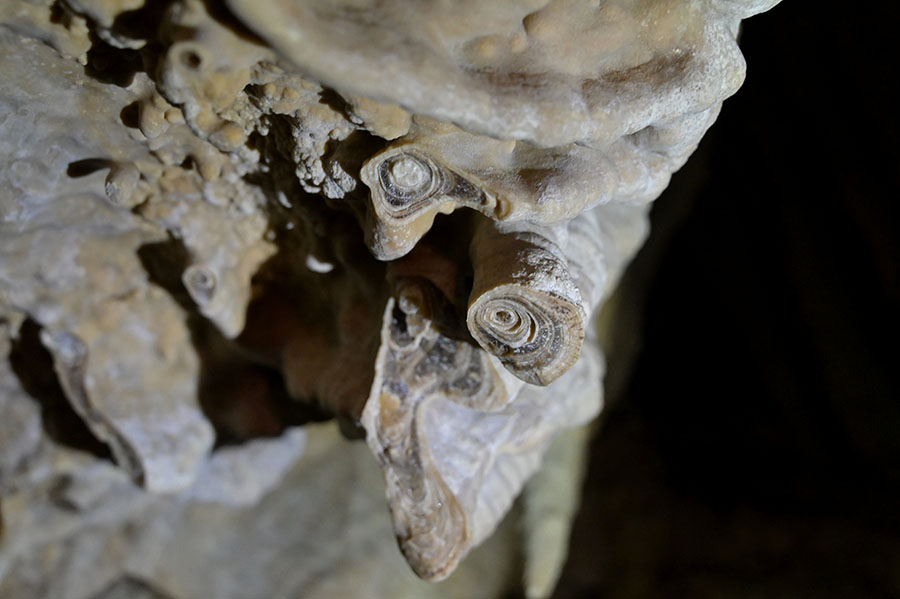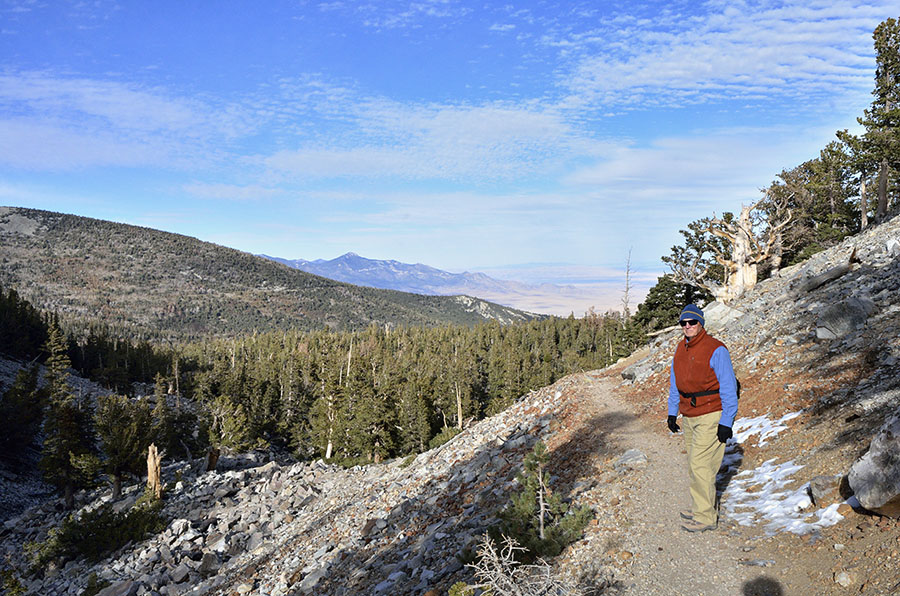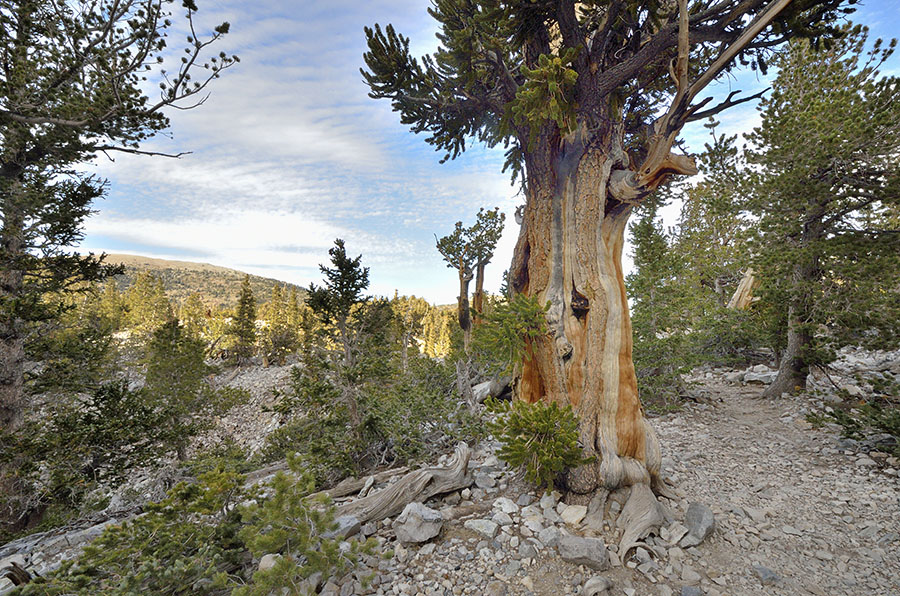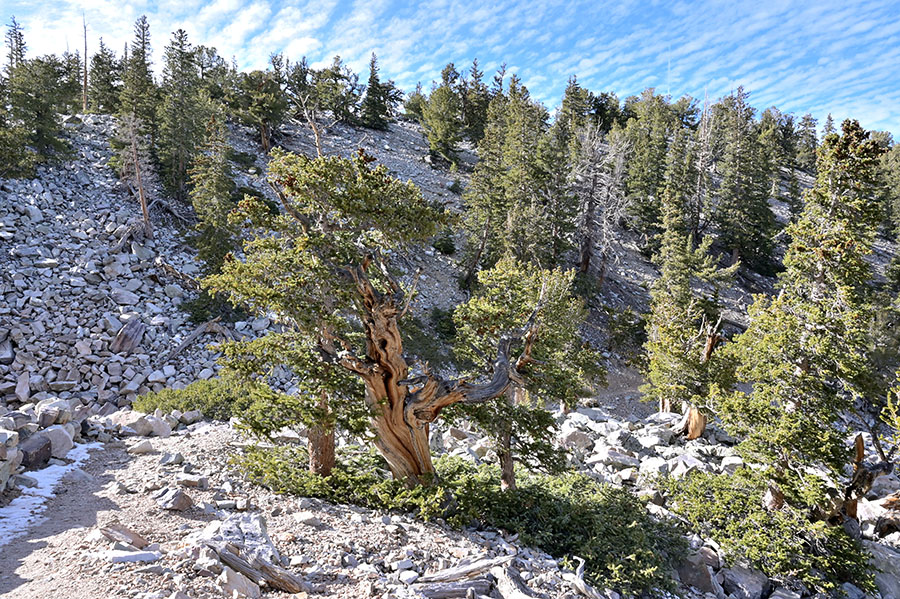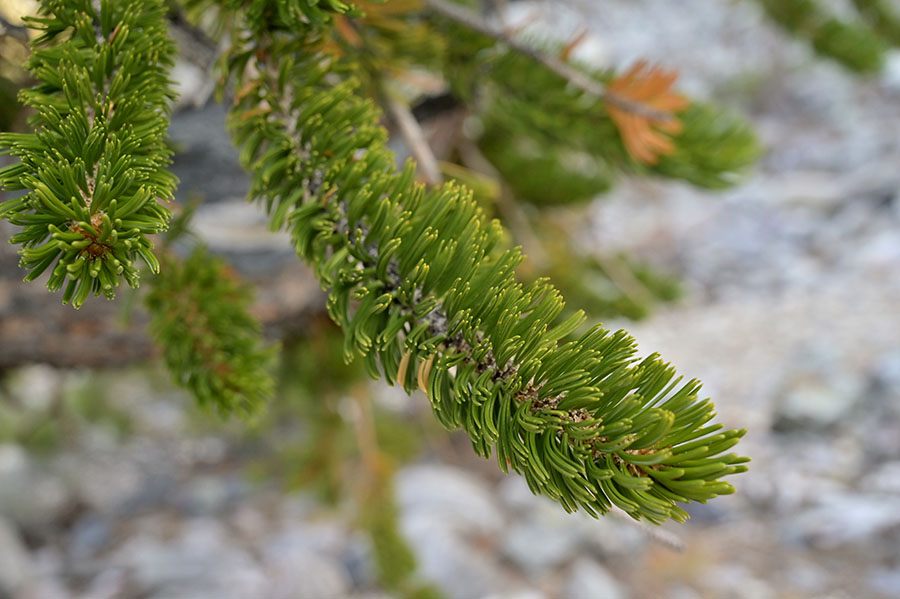One of our goals for this trip was to visit some lesser-known National Parks (as well as Yellowstone, which is probably too well known for its own good.) The advantage of these other parks is that they’re delightfully un-crowded and the rangers have more time to share information with us.
We had to drive across a good chunk of America’s Great Basin, continuing to traverse the basin-and-range topography that we learned about in Great Basin National Park… crossing flat high-desert valleys and up and over mountain ranges in Nevada. As we moved farther west, the ranges gradually grew a little lower in elevation. At the Nevada-California border we stopped to visit friends in Lake Tahoe, and we saw a bit of the beautiful lake as we drove around the perimeter.
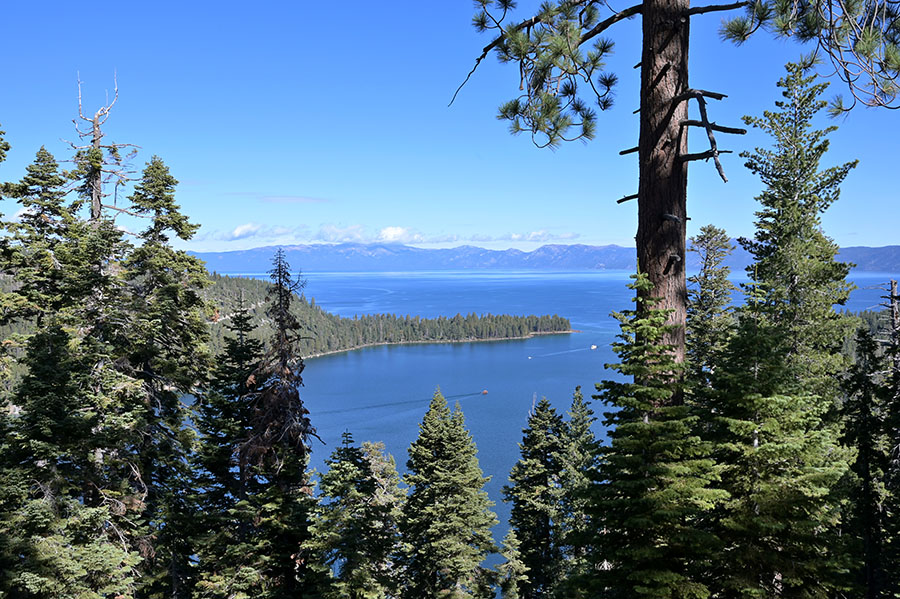
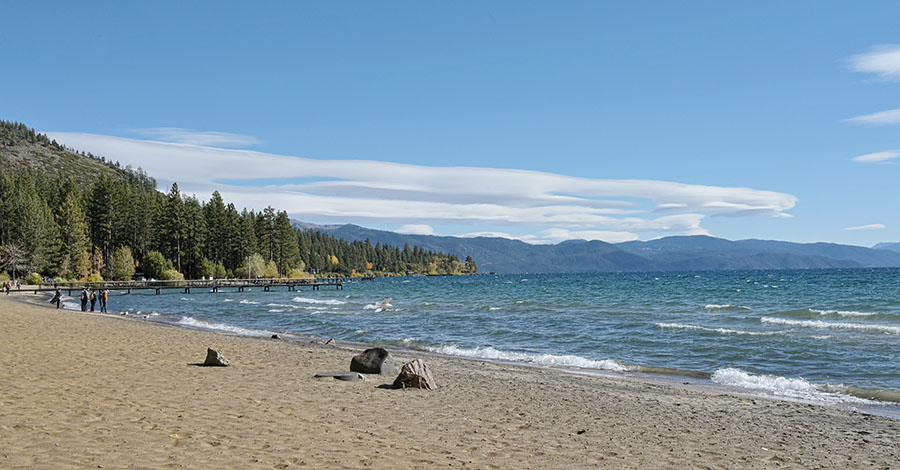
Lassen National Park is only a few hours drive from Lake Tahoe – a gem of a spot among tall stately Ponderosa and Jeffrey pine trees in Lassen National Forest. Lassen was a delightful surprise, with examples of four different types of volcanoes in one relatively small area: shield, cinder cone, plug dome and composite.
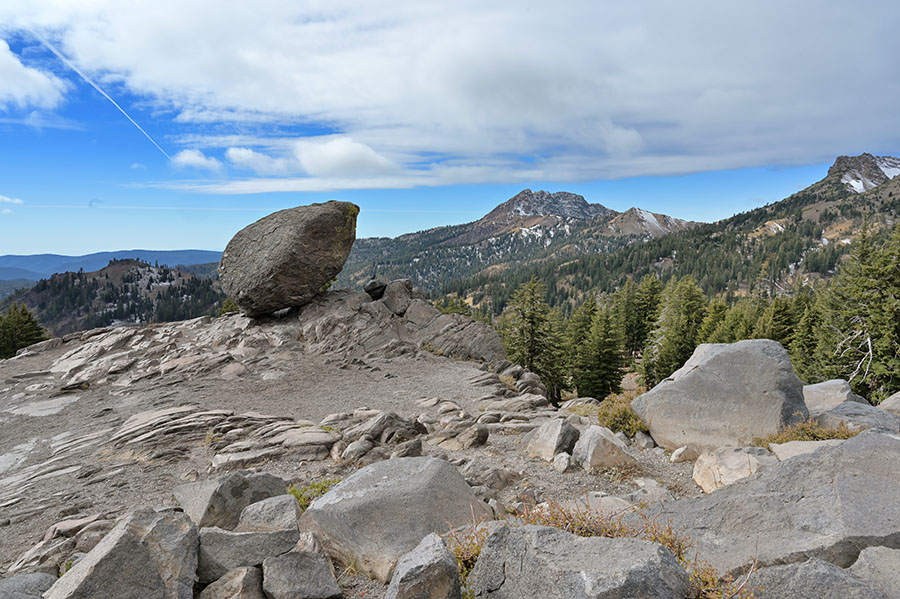
The park is still seismically active, and there are several special monitoring stations located in key places.
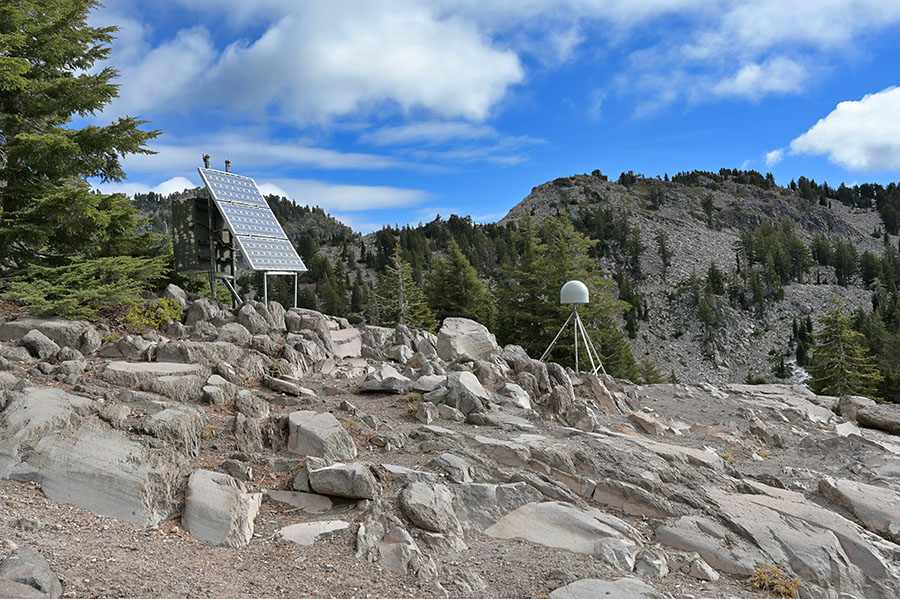
We hiked down to see the steaming fumaroles and mud pots in a place called “Bumpass Hell”, named for a settler and cowboy who planned to mine the area in the 1860s. He was showing the place to a newspaper editor when Mr. Bumpass accidentally broke through the thin crust over a boiling hot spring, burning his leg severely enough that he eventually had to have it amputated. Bumpass Hell is smaller than the hydrothermal features found in Yellowstone, but it’s just as mystical in its own sulphury, steamy way.
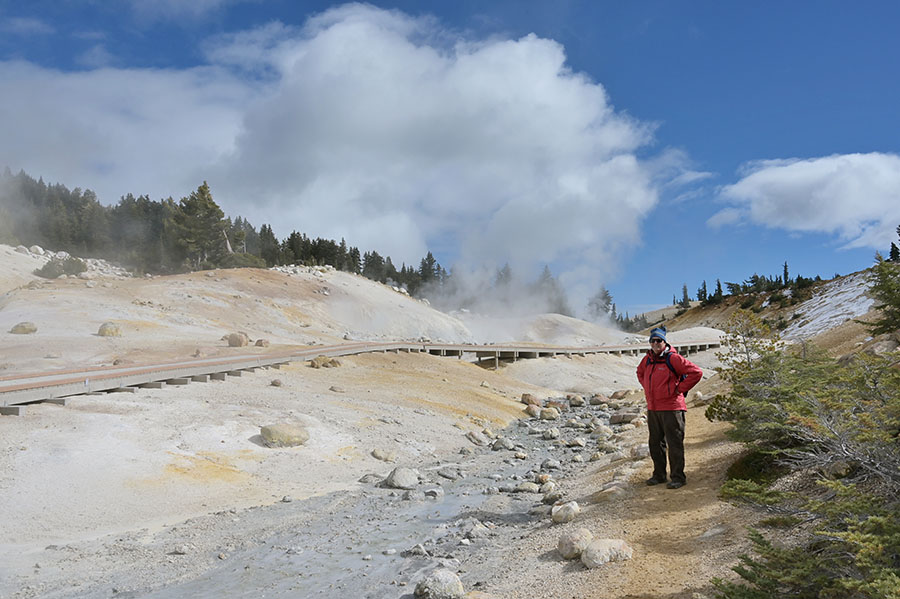
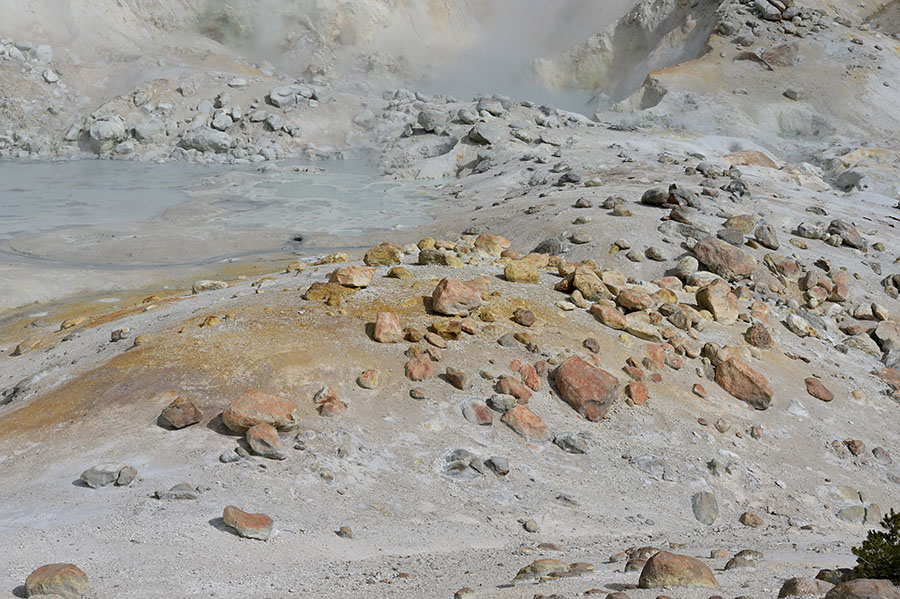
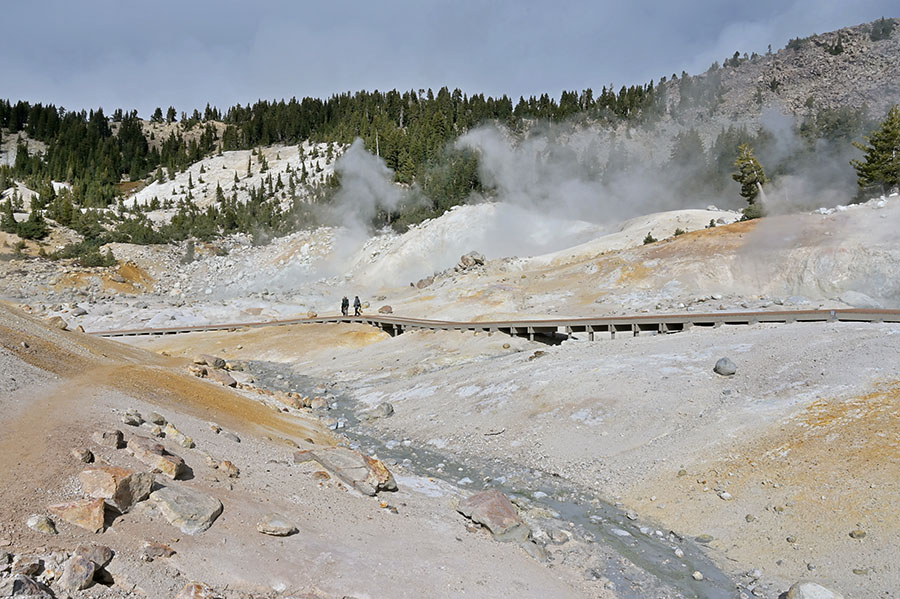
There are other, smaller geothermal features we visited as we toured around the park – boiling mud pots…

…and steaming, bubbling sulphur springs.
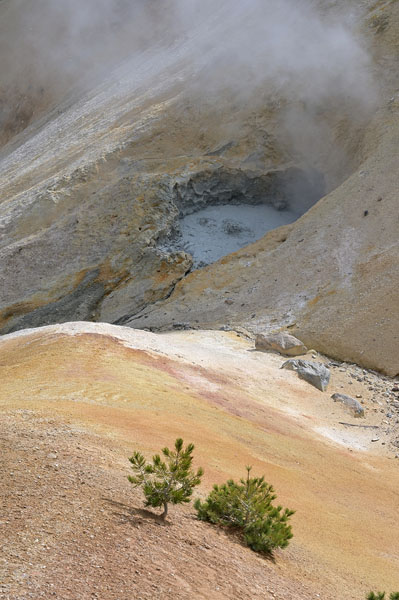
The park has such a variety of terrain, from meadows with meandering streams…
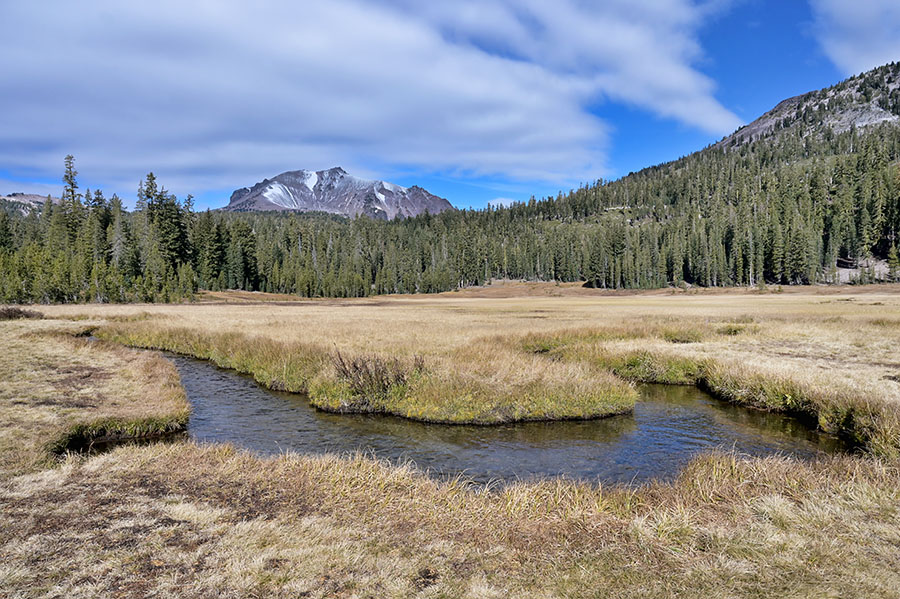
…to deep forests of tall, stately Jeffrey pines.
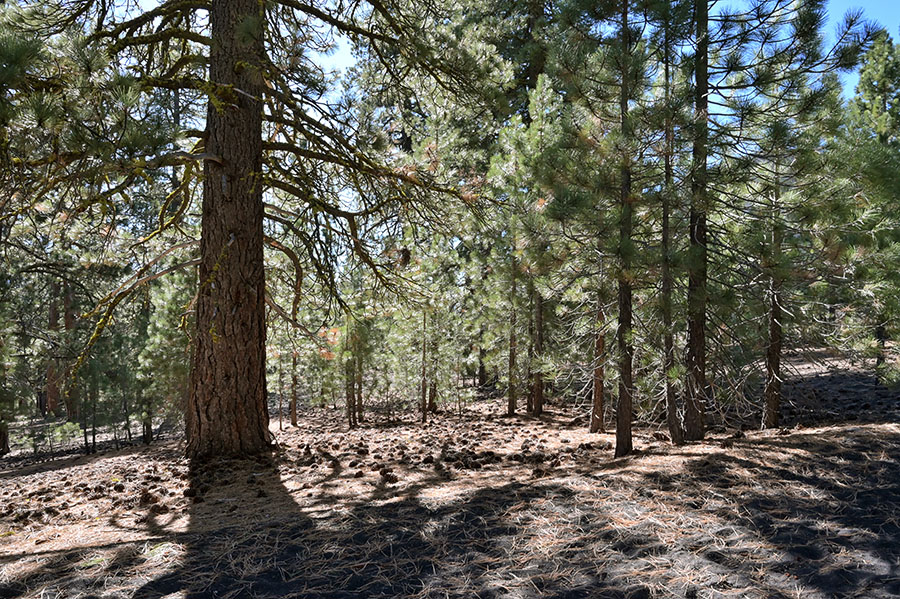
The cones from the Jeffrey pines were huge prickly things, and there was an abundance of this vivid lime-green lichen on the trees and occasionally on the ground.

If you look closely in the photo above you might notice that the soil is a fine black material – it’s composed of cinders from the nearby Cinder Cone…
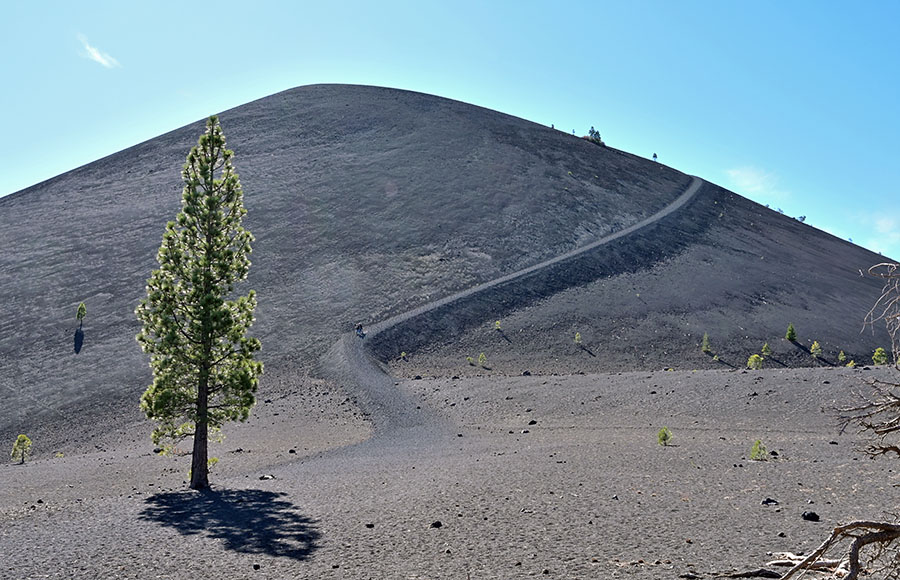
…which has a daunting-looking trail that you can hike up. Stay tuned for more from Lassen Volcanic National Park!
